IN BRIEF by Jennifer Lockhart [email protected]
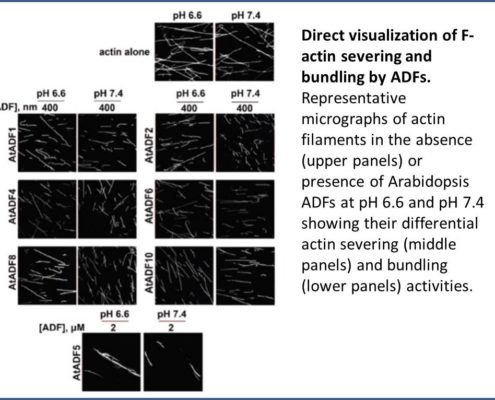 The interior of a plant cell is supported by the actin cytoskeleton, a complex network of yarn-like fibers whose form changes as the cell develops, grows, and divides. Actin fibers readily come apart (sever) and join back together, depending on the needs of the cell. This process is carefully orchestrated by a myriad of proteins, such as actin depolymerizing factors (ADFs). ADFs can bind to both monomeric and filamentous actin (F-actin). Across the plant kingdom, ADFs play diverse, often unexplored roles in shaping the vegetative and reproductive actin cytoskeleton systems. The 11 ADFs of Arabidopsis thaliana have various tissue-specific gene expression patterns and activities. For example, ADF1, ADF2, ADF4, and ADF7 can sever actin filaments in vitro, whereas ADF9 shows actin-bundling and -stabilizing activity, especially at low pH (Tholl et al., 2011). Such findings prompted the intriguing hypothesis that ADF genes arose from a common ancestor through duplication and acquired diverse functions as actin fibers evolved (Kandasamy et al., 2007). The functional differences among ADFs might be due to changes in key amino acids or functional motifs, a challenging topic ripe for exploration.
The interior of a plant cell is supported by the actin cytoskeleton, a complex network of yarn-like fibers whose form changes as the cell develops, grows, and divides. Actin fibers readily come apart (sever) and join back together, depending on the needs of the cell. This process is carefully orchestrated by a myriad of proteins, such as actin depolymerizing factors (ADFs). ADFs can bind to both monomeric and filamentous actin (F-actin). Across the plant kingdom, ADFs play diverse, often unexplored roles in shaping the vegetative and reproductive actin cytoskeleton systems. The 11 ADFs of Arabidopsis thaliana have various tissue-specific gene expression patterns and activities. For example, ADF1, ADF2, ADF4, and ADF7 can sever actin filaments in vitro, whereas ADF9 shows actin-bundling and -stabilizing activity, especially at low pH (Tholl et al., 2011). Such findings prompted the intriguing hypothesis that ADF genes arose from a common ancestor through duplication and acquired diverse functions as actin fibers evolved (Kandasamy et al., 2007). The functional differences among ADFs might be due to changes in key amino acids or functional motifs, a challenging topic ripe for exploration.
Nan et al. (2017) rose to the challenge by exploring the evolution of ADF family members across various plant lineages and the amino acid changes that led to the diversification of their functions. The study began with an analysis of the effects of all 11 Arabidopsis ADFs on actin filaments in vitro based on a simple principle: Actin filaments are generally sedimented by high-speed centrifugation, whereas filaments severed by ADFs remain in the supernatant, especially at high pH. Most ADFs exhibited F-actin-severing activity. By contrast, low-speed co-sedimentation assays, which separated single actin filaments from actin filament bundles, revealed the F-actin bundling activity of ADF5 and ADF9. Fluorescence microscopy confirmed the diverse roles of the ADFs (see figure). The ADFs were divided into two categories based on activity: 1) D-type (depolymerizing F-actin) ADFs, which sever or depolymerize F-actin and 2) B-type (bundling F-actin) ADFs, which bind to and bundle F-actin. Phylogenetic analysis of ADFs across the plant kingdom suggested that an intron-sliding event (movement of an intron from one position in a gene to another) occurred during evolution. It appears that the ADF genes descended from a D-type common ancestor and expanded through various types of gene duplication events, which increased the chances of retaining these vital genes. The ADF genes were grouped into four ancient subclasses that have been conserved in angiosperms for approximately 250 million years. While most ADFs have completely retained the D-type function of their ancestors, a few B-type ADFs have completely lost this function and have undergone neo-functionalization.
The authors zeroed in on amino acid changes that led to the conversion of the original D-type function to B-type function by analyzing the F-actin severing and bundling activities of mutant, ancestral-like proteins. They identified several pivotal amino acid residues affecting the biochemical functions of these proteins; these residues are conserved in Arabidopsis and several other angiosperms. N-terminal extensions that arose from intron sliding events were found to be crucial for the change from D-type to B-type function. This mechanism appears to have remained fixed since the diversification of the angiosperm lineage, shedding light on this not so tight-knit family.
REFERENCES
Kandasamy, M.K., Burgos-Rivera, B., McKinney, E.C., Ruzicka, D.R., and Meagher, R.B. (2007). Class-specific interaction of profilin and ADF isovariants with actin in the regulation of plant development. Plant Cell 19: 3111-3126.
Nan, Q., Qian, D., Niu, Y., He, Y., Tong, S., Niu, Z., Ma, J., Yang, Y., An, L., Wan, D., and Xiang, Y. (2017). Plant actin-depolymerizing factors possess opposing biochemical properties arising from key amino acid changes throughout evolution. Plant Cell 29: doi:10.1015/tpc16.00690.
Tholl, S., Moreau, F., Hoffmann, C., Arumugam, K., Dieterle, M., Moes, D., Neumann, K., Steinmetz, A., and Thomas, C. (2011). Arabidopsis actin-depolymerizing factors (ADFs) 1 and 9 display antagonist activities. FEBS Lett. 585: 1821-1827.
FIGURE LEGEND
Direct visualization of F-actin severing and bundling by ADFs. Representative micrographs of actin filaments in the absence (upper panels) or presence of Arabidopsis ADFs at pH 6.6 and pH 7.4 showing their differential actin severing (middle panels) and bundling (lower panels) activities. (Adapted from Nan et al. [2017], Supplemental Figure 5A.)
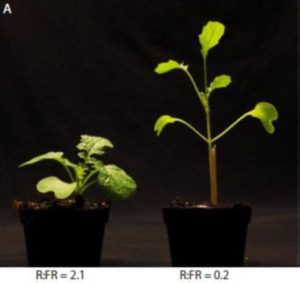 Plant Cell Environ. has a set of reviews on light responses. Ballaré and Pierik (10.1111/pce.12914) review The shade avoidance syndrome: Multiple signals and ecological consequences, Sheerin and Hiltbrunner (10.1111/pce.12915) review the Molecular mechanisms and ecological function of far-red light signalling, and Inoue et al. (10.1111/pce.12908) review the Evolutionary origin of phytochrome responses and signaling in land plants. Collectively, these reviews provide a comprehensive overview of how plants use far-red light information (not absorbed by chlorophyll) to direct their growth, from the molecular mechanisms to the evolutionary history in land plants and ecological consequences. As always, a complementary set of current reviews provide an excellent resource for teaching.
Plant Cell Environ. has a set of reviews on light responses. Ballaré and Pierik (10.1111/pce.12914) review The shade avoidance syndrome: Multiple signals and ecological consequences, Sheerin and Hiltbrunner (10.1111/pce.12915) review the Molecular mechanisms and ecological function of far-red light signalling, and Inoue et al. (10.1111/pce.12908) review the Evolutionary origin of phytochrome responses and signaling in land plants. Collectively, these reviews provide a comprehensive overview of how plants use far-red light information (not absorbed by chlorophyll) to direct their growth, from the molecular mechanisms to the evolutionary history in land plants and ecological consequences. As always, a complementary set of current reviews provide an excellent resource for teaching.

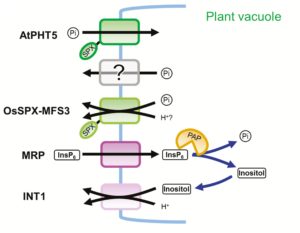 Phosphorus (P) is a non-renewable soil nutrient essential for plant growth. The vacuole serves as a crucial dynamic store of P that helps maintain cytosolic homeostasis. Yang et al. review vacuolar P stores, comparing P storage species and membrane proteins in yeast, algae and plants. In yeast, polyphosphate (PolyP) is a major storage form, whereas in plants the major forms are orthophosphate (PO43- or Pi) in vegetative cells and inositol phosphate (InsPs) in seeds. The contributions of SYG1/PHO81/XPR1 (SPX)-domain containing proteins are highlighted, including the channel-like vacuolar P influx transporter PHT5 and its rice orthologs OsSPX-MFS1, and the putative efflux transporter OsSPX-MFS3. The contributions during P starvation of autophagy-dependent recycling other forms of organic P such as RNA are also discussed. J. Exp. Bot.
Phosphorus (P) is a non-renewable soil nutrient essential for plant growth. The vacuole serves as a crucial dynamic store of P that helps maintain cytosolic homeostasis. Yang et al. review vacuolar P stores, comparing P storage species and membrane proteins in yeast, algae and plants. In yeast, polyphosphate (PolyP) is a major storage form, whereas in plants the major forms are orthophosphate (PO43- or Pi) in vegetative cells and inositol phosphate (InsPs) in seeds. The contributions of SYG1/PHO81/XPR1 (SPX)-domain containing proteins are highlighted, including the channel-like vacuolar P influx transporter PHT5 and its rice orthologs OsSPX-MFS1, and the putative efflux transporter OsSPX-MFS3. The contributions during P starvation of autophagy-dependent recycling other forms of organic P such as RNA are also discussed. J. Exp. Bot. 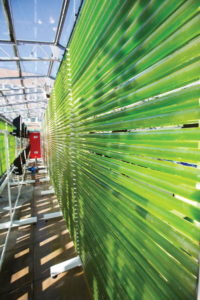 The cosmetic industry uses a lot of different chemicals to produce the seven or so skin care products used by the average American every day. Efforts are underway to develop renewable sources for some of these. Derikvand et al. review the chemistry and potential applications behind compounds used by cyanobacteria both as UV-absorbing sunscreens and water-retaining humectants, which include extracellular polysaccharides. Eur. J. Phycol.
The cosmetic industry uses a lot of different chemicals to produce the seven or so skin care products used by the average American every day. Efforts are underway to develop renewable sources for some of these. Derikvand et al. review the chemistry and potential applications behind compounds used by cyanobacteria both as UV-absorbing sunscreens and water-retaining humectants, which include extracellular polysaccharides. Eur. J. Phycol. 
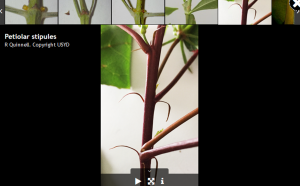

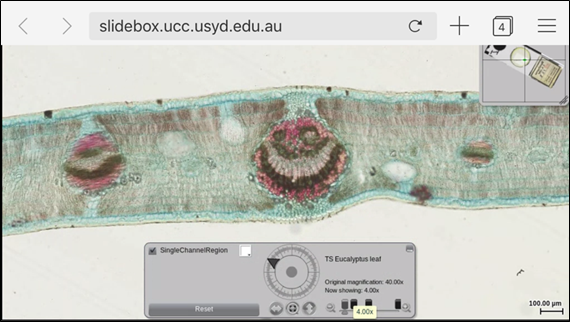
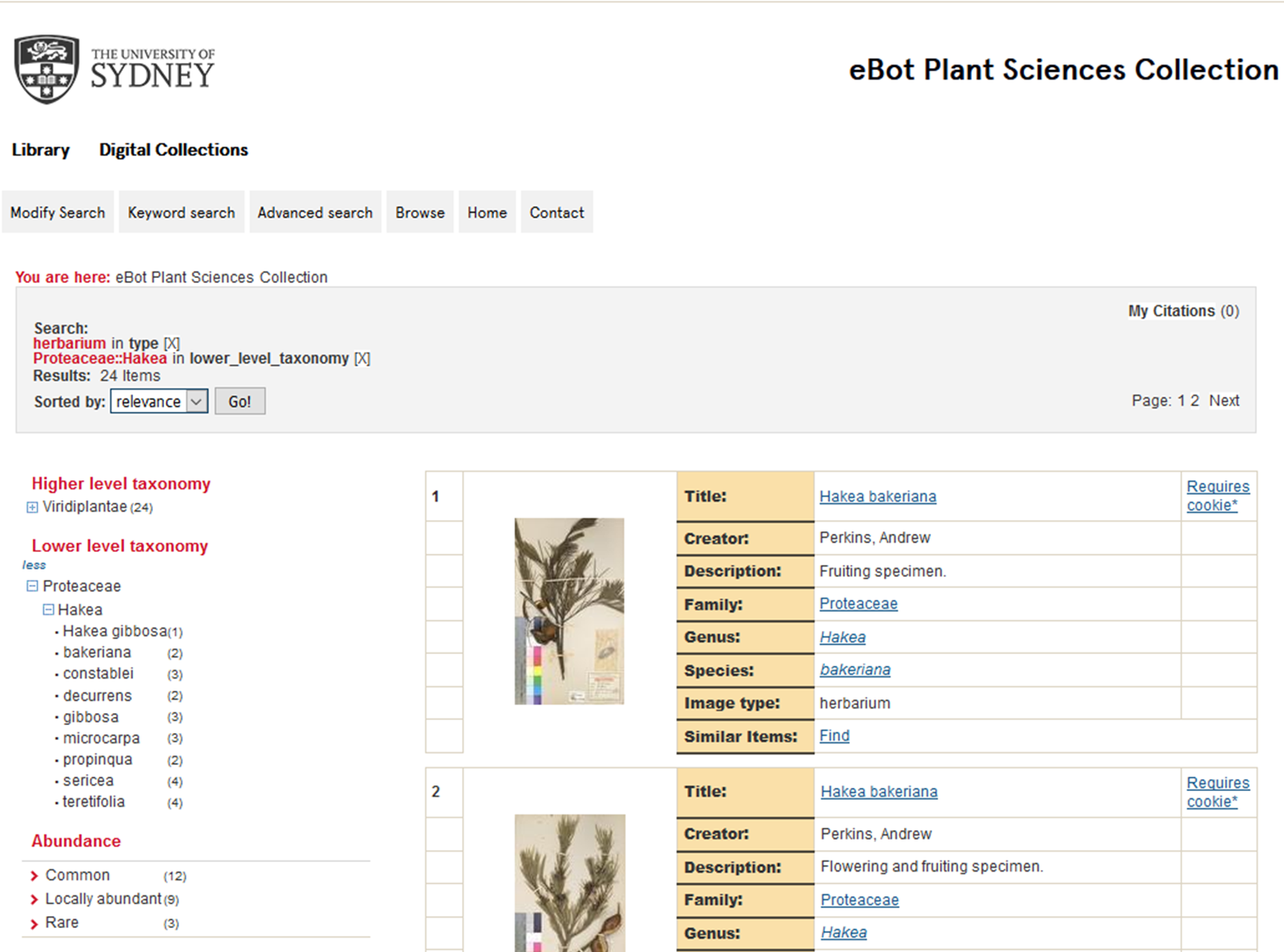
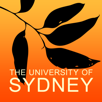 the
the  The interior of a plant cell is supported by the actin cytoskeleton, a complex network of yarn-like fibers whose form changes as the cell develops, grows, and divides. Actin fibers readily come apart (sever) and join back together, depending on the needs of the cell. This process is carefully orchestrated by a myriad of proteins, such as actin depolymerizing factors (ADFs). ADFs can bind to both monomeric and filamentous actin (F-actin). Across the plant kingdom, ADFs play diverse, often unexplored roles in shaping the vegetative and reproductive actin cytoskeleton systems. The 11 ADFs of Arabidopsis thaliana have various tissue-specific gene expression patterns and activities. For example, ADF1, ADF2, ADF4, and ADF7 can sever actin filaments in vitro, whereas ADF9 shows actin-bundling and -stabilizing activity, especially at low pH (
The interior of a plant cell is supported by the actin cytoskeleton, a complex network of yarn-like fibers whose form changes as the cell develops, grows, and divides. Actin fibers readily come apart (sever) and join back together, depending on the needs of the cell. This process is carefully orchestrated by a myriad of proteins, such as actin depolymerizing factors (ADFs). ADFs can bind to both monomeric and filamentous actin (F-actin). Across the plant kingdom, ADFs play diverse, often unexplored roles in shaping the vegetative and reproductive actin cytoskeleton systems. The 11 ADFs of Arabidopsis thaliana have various tissue-specific gene expression patterns and activities. For example, ADF1, ADF2, ADF4, and ADF7 can sever actin filaments in vitro, whereas ADF9 shows actin-bundling and -stabilizing activity, especially at low pH (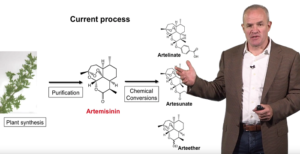 Dr. Jay Keasling discusses the promise of biological systems to create carbon-neutral products for a range of applications, including fuels, chemicals and drugs. Keasling discusses the application of these principles to the development of a microbial platform for the synthesis of the anti-malarial drug, artemisinic acid. This platform has helped stabilize the global supply. He also discusses additional applications of these techniques to fuel production, as well as some of the current challenges and possible solutions facing the metabolic engineering community.
Dr. Jay Keasling discusses the promise of biological systems to create carbon-neutral products for a range of applications, including fuels, chemicals and drugs. Keasling discusses the application of these principles to the development of a microbial platform for the synthesis of the anti-malarial drug, artemisinic acid. This platform has helped stabilize the global supply. He also discusses additional applications of these techniques to fuel production, as well as some of the current challenges and possible solutions facing the metabolic engineering community. Abstract: Population issues are receiving renewed attention from both scientists and policy-makers and well-founded predictions of likely global population growth have given new urgency to concerns about food security and loss of ecosystem services. Plant science has a central role to play in making it possible to feed the entire human population properly and to put an end to the scandal of global poverty. One of our biggest challenges is to learn how to manage land in such a way that it delivers multiple services, especially to make enhanced food production compatible with other ecosystem services such as carbon sequestration, water supply and the maintenance of biodiversity
Abstract: Population issues are receiving renewed attention from both scientists and policy-makers and well-founded predictions of likely global population growth have given new urgency to concerns about food security and loss of ecosystem services. Plant science has a central role to play in making it possible to feed the entire human population properly and to put an end to the scandal of global poverty. One of our biggest challenges is to learn how to manage land in such a way that it delivers multiple services, especially to make enhanced food production compatible with other ecosystem services such as carbon sequestration, water supply and the maintenance of biodiversity Professor Ottoline Leyser, Director of the Sainsbury Laboratory at the University of Cambridge, speaking at the Gatsby Plant Science Summer School 2015.
Professor Ottoline Leyser, Director of the Sainsbury Laboratory at the University of Cambridge, speaking at the Gatsby Plant Science Summer School 2015.